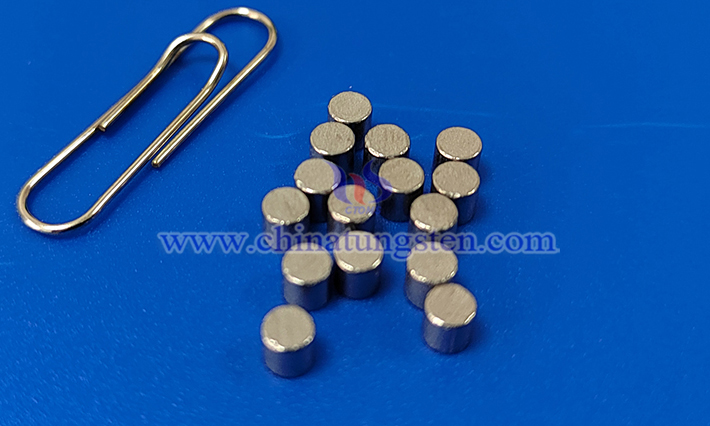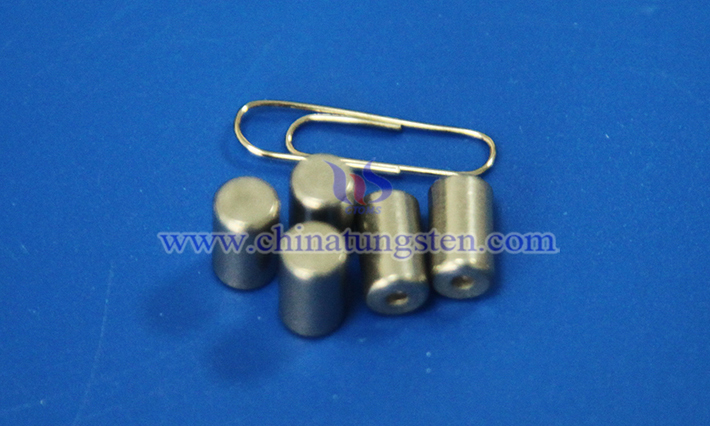Factors Affecting Microscopic Defects of Barium Tungsten Electrodes
- Details
- Category: Tungsten Information
- Published on Tuesday, 03 June 2025 18:42
Barium tungsten electrode is a cathode material widely used in vacuum electronic devices (such as electron guns and microwave tubes). Its microscopic defects have an important influence on the electron emission performance, thermal stability and mechanical strength of the electrode. The following are the main factors affecting the microscopic defects of barium tungsten electrodes:
1. Preparation Process
The preparation process is one of the key factors affecting the microscopic defects of barium tungsten electrodes, which directly determines the grain size, grain boundary structure and distribution of microscopic defects of barium tungsten electrodes.
1.1 Sintering Temperature: Too high or too low temperature may lead to abnormal grain growth or increase in grain boundary defects.
1.2 Atmosphere: The presence of oxygen or other gases during sintering may affect the distribution of oxides and defect formation.
1.3 Pressure: The applied pressure will affect the density and crystal structure of the material, and thus affect the number and type of defects.

2. Chemical Composition
Reasonable chemical composition control is an important means to reduce defects.
2.1 Ratio of Barium and Tungsten: Imbalance in the ratio of barium oxide and tungsten matrix may lead to interface defects or phase separation.
2.2 Impurity Content: Foreign impurities (such as carbon, oxygen or other metal elements) may introduce additional point defects or change the nature of existing defects.
3. Heat Treatment
Appropriate heat treatment can optimize the microstructure of the electrode and improve its stability.
3.1 Temperature: High temperature can promote the diffusion and recombination of lattice defects and change the defect distribution.
3. Time: The length of heat treatment time determines the extent of defect repair.

4. Machining
The machining process may introduce new defects, so precise control of the machining process is crucial to reduce defects.
4.1 Stress: Processing steps such as cutting and grinding may generate local stress, leading to defects such as dislocations or cracks.
4.2 Surface Damage: Surface roughness or microcracks caused by processing can also affect electrode performance.
5. Working Environment
The environmental conditions of the electrode during use will trigger dynamic changes in defects.
5.1 High Temperature: Long-term high temperature operation may lead to the migration of lattice defects or the generation of new defects.
5.2 Electron Beam Bombardment: The impact of high-energy electrons may induce defects on the surface or inside the electrode.
- Chinatungsten Online: www.tungsten.com.cn
- CTIA GROUP LTD: en.ctia.group
- Tungsten News & Price: www.ctia.com.cn
- Molybdenum News & Price: news.molybdenum.com.cn
- Tel.: 86 592 5129696; Email: sales@chinatungsten.com



 sales@chinatungsten.com
sales@chinatungsten.com